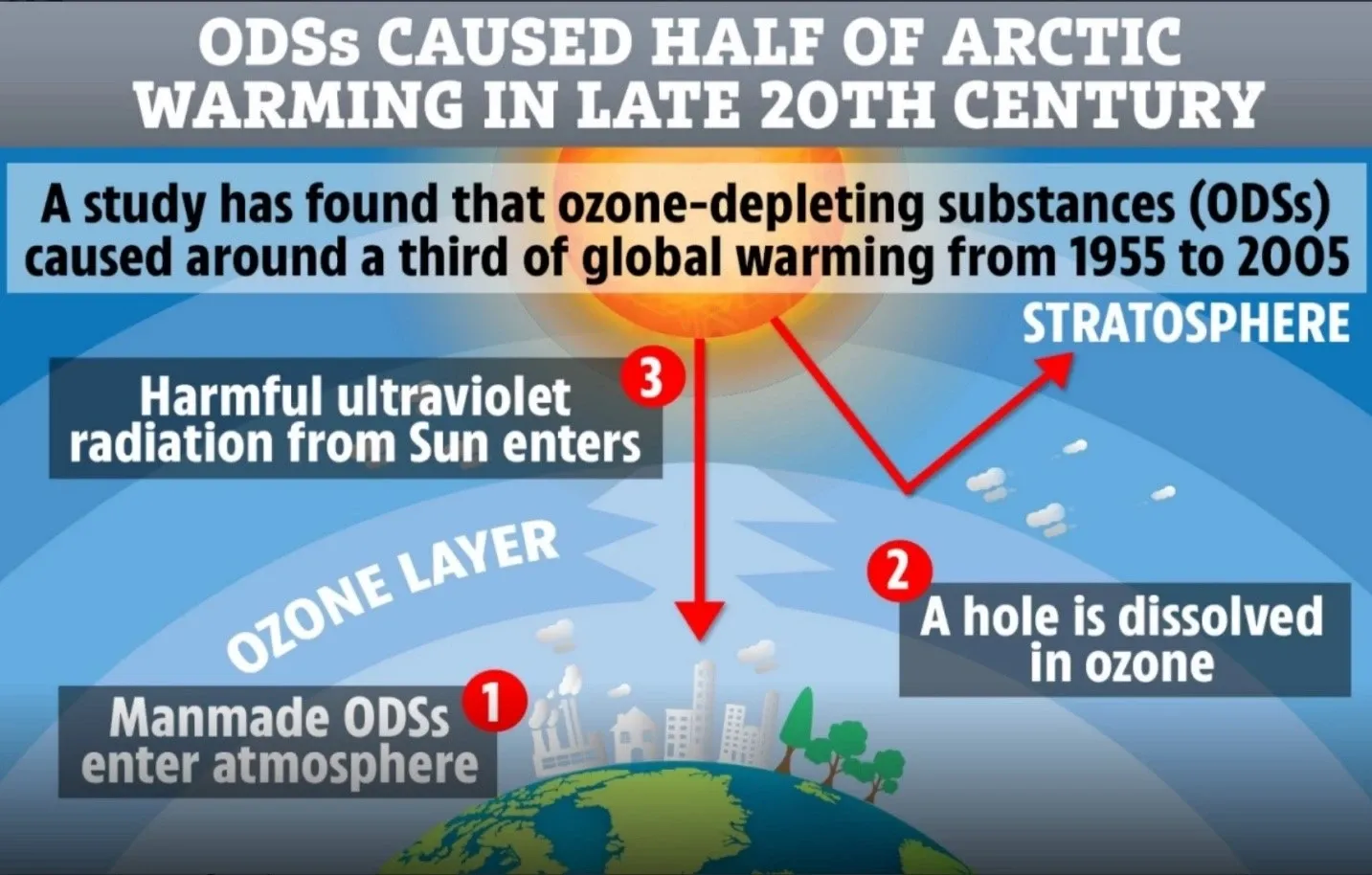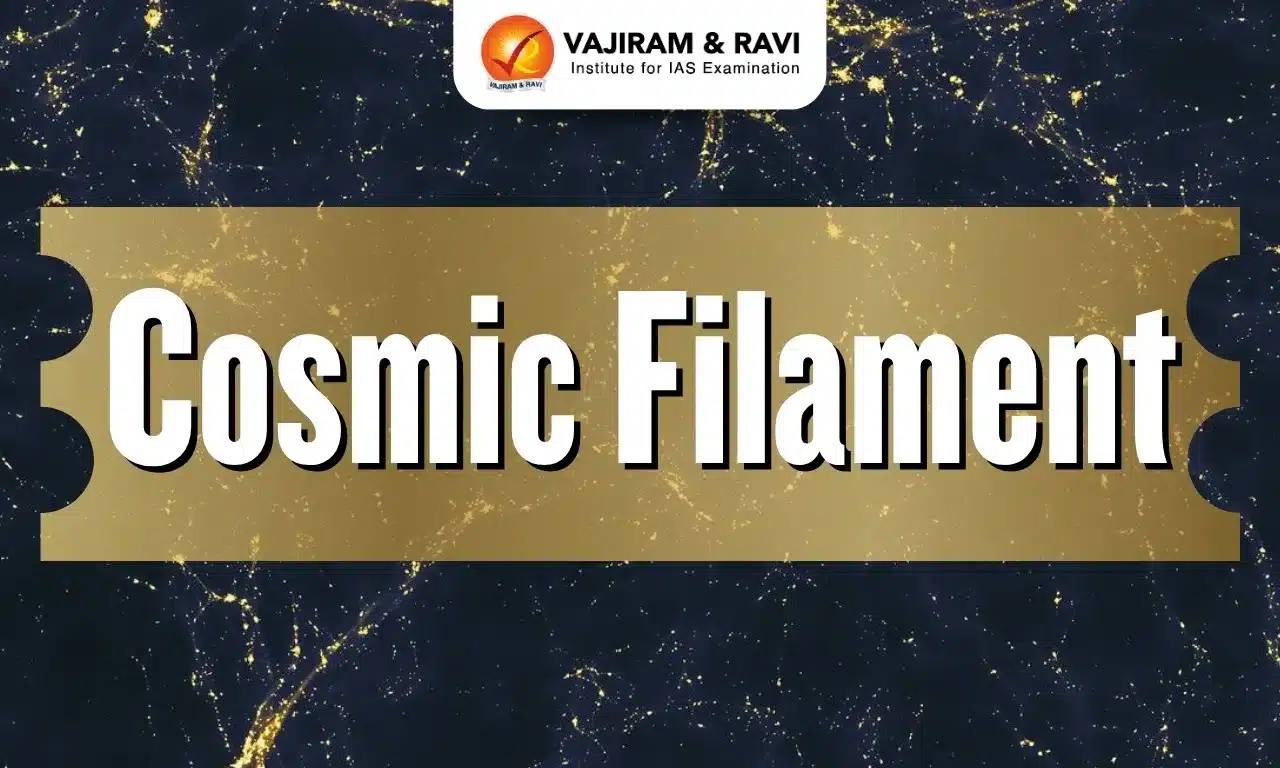About:
- Ozone-depleting substances (ODS) are chemicals that cause the depletion of the stratospheric ozone layer.
- This layer is crucial for protecting life on Earth by absorbing the majority of the sun’s harmful ultraviolet (UV) radiation.
- The most common ODS include chlorofluorocarbons (CFCs), halons, carbon tetrachloride, and methyl chloroform.
- ODS are substances commonly used in refrigerators, air conditioners, fire extinguishers, and aerosols.
The Montreal Protocol:
- The Montreal Protocol, signed in 1987, is a global agreement to protect the stratospheric ozone layer by eliminating the production and consumption of ODSs like chlorofluorocarbons (CFCs).
- The worldwide production of CFCs has been prohibited since 2010.
Kigali Amendment to Montreal Protocol:
- In 2016, Parties to the Montreal Protocol adopted the Kigali Amendment to phase down the production and consumption of hydrofluorocarbons (HFCs) worldwide.
HFCs are widely used alternatives to ODS such as hydrochlorofluorocarbons (HCFCs) and chlorofluorocarbons (CFCs), already controlled under the Protocol.
Q1: What is Ultraviolet (UV) radiation?
It is a form of non-ionizing radiation that is emitted by the sun and artificial sources, such as tanning beds. The beneficial effects of UV radiation include the production of a vital nutrient, vitamin D; however, overexposure may present risks. Sunburn, premature ageing, and skin cancer are all risks of overexposure.
Source: Environmental milestone! Ozone-depleting HCFCs show drop in levels 5 years ahead of target year
Last updated on November, 2025
→ Check out the latest UPSC Syllabus 2026 here.
→ Join Vajiram & Ravi’s Interview Guidance Programme for expert help to crack your final UPSC stage.
→ UPSC Mains Result 2025 is now out.
→ UPSC Notification 2026 is scheduled to be released on January 14, 2026.
→ UPSC Calendar 2026 is released on 15th May, 2025.
→ The UPSC Vacancy 2025 were released 1129, out of which 979 were for UPSC CSE and remaining 150 are for UPSC IFoS.
→ UPSC Prelims 2026 will be conducted on 24th May, 2026 & UPSC Mains 2026 will be conducted on 21st August 2026.
→ The UPSC Selection Process is of 3 stages-Prelims, Mains and Interview.
→ UPSC Result 2024 is released with latest UPSC Marksheet 2024. Check Now!
→ UPSC Prelims Result 2025 is out now for the CSE held on 25 May 2025.
→ UPSC Toppers List 2024 is released now. Shakti Dubey is UPSC AIR 1 2024 Topper.
→ UPSC Prelims Question Paper 2025 and Unofficial Prelims Answer Key 2025 are available now.
→ UPSC Mains Question Paper 2025 is out for Essay, GS 1, 2, 3 & GS 4.
→ UPSC Mains Indian Language Question Paper 2025 is now out.
→ UPSC Mains Optional Question Paper 2025 is now out.
→ Also check Best IAS Coaching in Delhi

















